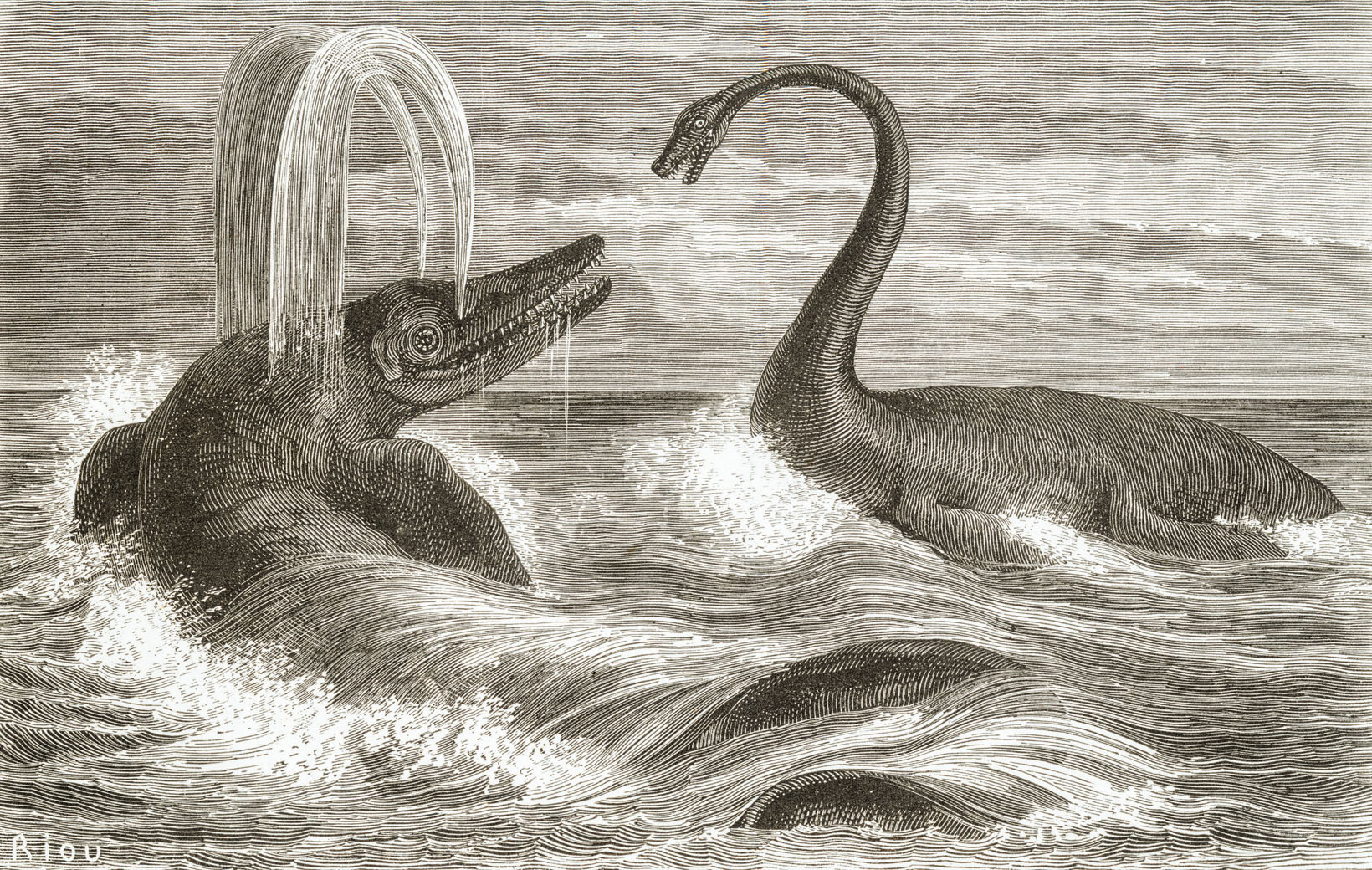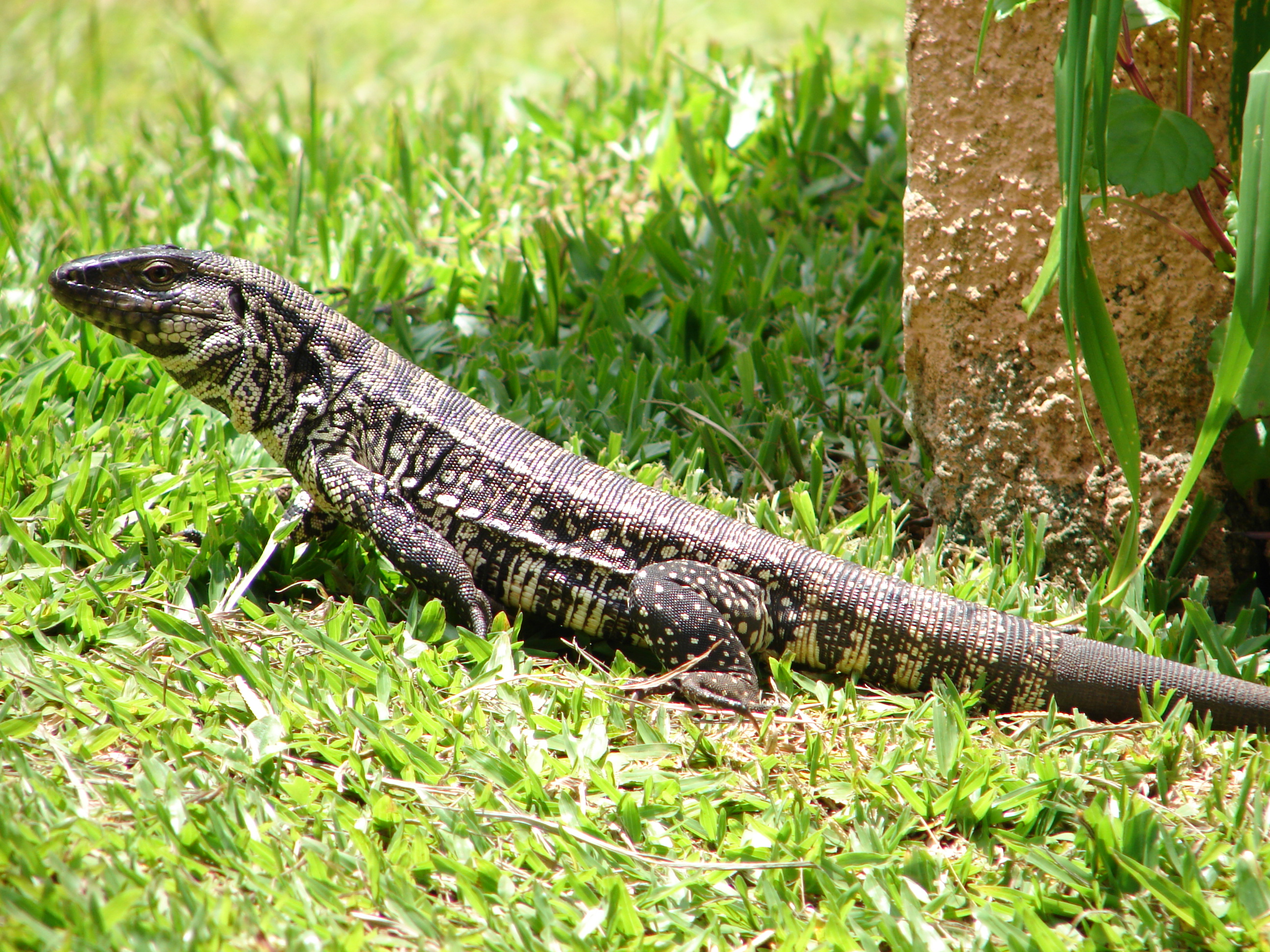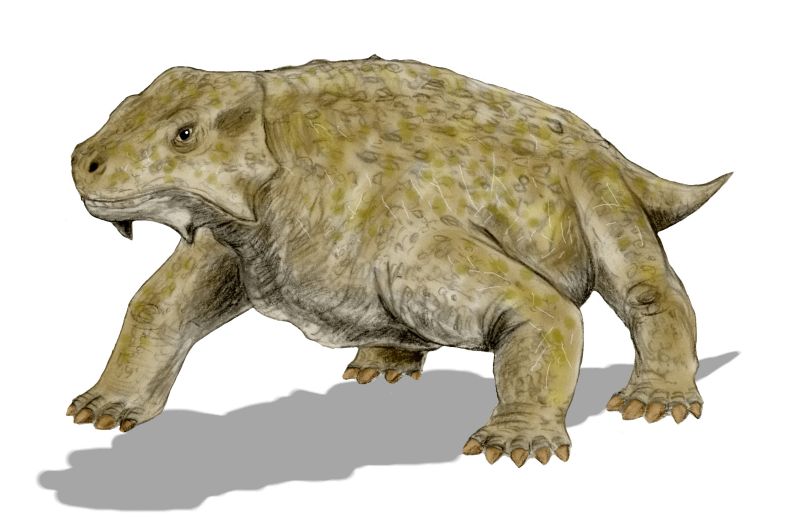|
Endothermy
An endotherm (from Greek ἔνδον ''endon'' "within" and θέρμη ''thermē'' "heat") is an organism that maintains its body at a metabolically favorable temperature, largely by the use of heat released by its internal bodily functions instead of relying almost purely on ambient heat. Such internally generated heat is mainly an incidental product of the animal's routine metabolism, but under conditions of excessive cold or low activity an endotherm might apply special mechanisms adapted specifically to heat production. Examples include special-function muscular exertion such as shivering, and uncoupled oxidative metabolism, such as within brown adipose tissue. Only birds and mammals are considered truly endothermic groups of animals. However, Argentine black and white tegu, leatherback sea turtles, lamnid sharks, tuna and billfishes, cicadas, and winter moths are mesothermic. Unlike mammals and birds, some reptiles, particularly some species of python and tegu, possess ... [...More Info...] [...Related Items...] OR: [Wikipedia] [Google] [Baidu] |
Argentine Black And White Tegu
The Argentine black and white tegu (''Salvator merianae''), also Common name, commonly known as the Argentine giant tegu, the black and white tegu, the blue tegu, and the huge tegu, is a species of lizards in the Family (biology), family Teiidae. The species is the largest of the "tegu" lizards. It is an omnivorous species, which inhabits the tropical rain forests, savannas, and semideserts of eastern and central South America. It is native to south and southeastern Brazil, Uruguay, eastern Paraguay, Bolivia, and Argentina. Tegu lizards are sometimes kept as pets, being notable for their unusually high intelligence and their ability to be Housebreaking, housebroken. Like other reptiles, tegus go into brumation in autumn when the temperature drops. They exhibit a high level of activity during their wakeful period of the year. They are the only known nonavian reptiles to be partly endothermic. Tegus fill ecological niches similar to those of monitor lizards, but are only distantly ... [...More Info...] [...Related Items...] OR: [Wikipedia] [Google] [Baidu] |
Mammal
A mammal () is a vertebrate animal of the Class (biology), class Mammalia (). Mammals are characterised by the presence of milk-producing mammary glands for feeding their young, a broad neocortex region of the brain, fur or hair, and three Evolution of mammalian auditory ossicles, middle ear bones. These characteristics distinguish them from reptiles and birds, from which their ancestors Genetic divergence, diverged in the Carboniferous Period over 300 million years ago. Around 6,640 Neontology#Extant taxon, extant species of mammals have been described and divided into 27 Order (biology), orders. The study of mammals is called mammalogy. The largest orders of mammals, by number of species, are the rodents, bats, and eulipotyphlans (including hedgehogs, Mole (animal), moles and shrews). The next three are the primates (including humans, monkeys and lemurs), the Artiodactyl, even-toed ungulates (including pigs, camels, and whales), and the Carnivora (including Felidae, ... [...More Info...] [...Related Items...] OR: [Wikipedia] [Google] [Baidu] |
Fish
A fish (: fish or fishes) is an aquatic animal, aquatic, Anamniotes, anamniotic, gill-bearing vertebrate animal with swimming fish fin, fins and craniate, a hard skull, but lacking limb (anatomy), limbs with digit (anatomy), digits. Fish can be grouped into the more basal (phylogenetics), basal jawless fish and the more common jawed fish, the latter including all extant taxon, living cartilaginous fish, cartilaginous and bony fish, as well as the extinct placoderms and acanthodians. In a break to the long tradition of grouping all fish into a single Class (biology), class (Pisces), modern phylogenetics views fish as a paraphyletic group. Most fish are ectotherm, cold-blooded, their body temperature varying with the surrounding water, though some large nekton, active swimmers like white shark and tuna can hold a higher core temperature. Many fish can communication in aquatic animals#Acoustic, communicate acoustically with each other, such as during courtship displays. The stud ... [...More Info...] [...Related Items...] OR: [Wikipedia] [Google] [Baidu] |
Mesotherm
A mesotherm () is a type of animal with a thermoregulatory strategy intermediate to cold-blooded ectotherms and warm-blooded endotherms. Definition Mesotherms have two basic characteristics: # Elevation of body temperature via metabolic production of heat. # Weak or absent metabolic control of a particular body temperature. The first trait distinguishes mesotherms from ectotherms, the second from endotherms. For instance, endotherms, when cold, will generally resort to shivering or metabolizing brown fat to maintain a constant body temperature, leading to higher metabolic rates. A mesotherm, however, will experience lower body temperatures and lower metabolic rates as ambient temperature drops. In addition, mesotherm body temperatures tend to rise as body size increases (a phenomenon known as gigantothermy), unlike endotherms. This reflects the lower surface area to volume ratio in large animals, which reduces rates of heat loss. While extant mesotherms are relatively ra ... [...More Info...] [...Related Items...] OR: [Wikipedia] [Google] [Baidu] |
Cicadas
The cicadas () are a superfamily, the Cicadoidea, of insects in the order Hemiptera (true bugs). They are in the suborder Auchenorrhyncha, along with smaller jumping bugs such as leafhoppers and froghoppers. The superfamily is divided into two families, the Tettigarctidae, with two species in Australia, and the Cicadidae, with more than 3,000 species described from around the world; many species remain undescribed. Nearly all cicada species are annual cicadas with the exception of the few North American periodical cicada species, genus ''Magicicada'', which in a given region emerge en masse every 13 or 17 years. Cicadas have prominent eyes set wide apart, short antennae, and membranous front wings. They have an exceptionally loud song, produced in most species by the rapid buckling and unbuckling of drum-like tymbals. The earliest known fossil Cicadomorpha appeared in the Upper Permian period; extant species occur all around the world in temperate to tropical climates. ... [...More Info...] [...Related Items...] OR: [Wikipedia] [Google] [Baidu] |
Mammaliamorpha
Mammaliamorpha is a clade of cynodonts. It contains the clades Tritylodontidae and Mammaliaformes, as well as a few genera that do not belong to either of these groups. The family Tritheledontidae has also been placed in Mammaliamorpha by some phylogenetic analyses, but has been recovered outside the clade by others. According to a 2022 study based on inner ear anatomy, Mammaliamorpha may be the clade in which endothermy ("warm-bloodedness") first appeared in the mammalian lineage. Classification Mammaliamorpha was named in 1988 by the American palaeontologist Timothy B. Rowe, who defined it as comprising "the last common ancestor of Tritylodontidae and Mammalia, and all its descendants". The cladogram below is adapted from the 2019 description of the mammaliamorph ''Pseudotherium ''Pseudotherium'' ("false beast") is an extinct genus of prozostrodontian cynodonts from the Late Triassic of Argentina. It contains one species, ''P. argentinus'', which was first described ... [...More Info...] [...Related Items...] OR: [Wikipedia] [Google] [Baidu] |
Ichthyosaur
Ichthyosauria is an order of large extinct marine reptiles sometimes referred to as "ichthyosaurs", although the term is also used for wider clades in which the order resides. Ichthyosaurians thrived during much of the Mesozoic era; based on fossil evidence, they first appeared around 250 million years ago ( Ma) and at least one species survived until about 90 million years ago, into the Late Cretaceous. During the Early Triassic epoch, ichthyosaurs and other ichthyosauromorphs evolved from a group of unidentified land reptiles that returned to the sea, in a development similar to how the mammalian land-dwelling ancestors of modern-day dolphins and whales returned to the sea millions of years later, which they gradually came to resemble in a case of convergent evolution. Ichthyosaurians were particularly abundant in the Late Triassic and Early Jurassic periods, until they were replaced as the top aquatic predators by another marine reptilian group, the Plesiosauria, i ... [...More Info...] [...Related Items...] OR: [Wikipedia] [Google] [Baidu] |
Plesiosaur
The Plesiosauria or plesiosaurs are an Order (biology), order or clade of extinct Mesozoic marine reptiles, belonging to the Sauropterygia. Plesiosaurs first appeared in the latest Triassic Period (geology), Period, possibly in the Rhaetian stage, about 203 million years ago. They became especially common during the Jurassic Period, thriving until their disappearance due to the Cretaceous–Paleogene extinction event at the end of the Cretaceous Period, about 66 million years ago. They had a worldwide oceanic distribution, and some species at least partly inhabited freshwater environments. Plesiosaurs were among the first fossil reptiles discovered. In the beginning of the nineteenth century, scientists realised how distinctive their build was and they were named as a separate order in 1835. The first plesiosaurian genus, the eponymous ''Plesiosaurus'', was named in 1821. Since then, more than a hundred valid species have been described. In the early twenty-first cent ... [...More Info...] [...Related Items...] OR: [Wikipedia] [Google] [Baidu] |
Synapsida
Synapsida is a diverse group of tetrapod vertebrates that includes all mammals and their extinct relatives. It is one of the two major clades of the group Amniota, the other being the more diverse group Sauropsida (which includes all extant reptiles and therefore, birds). Unlike other amniotes, synapsids have a single temporal fenestra, an opening low in the skull roof behind each eye socket, leaving a bony arch beneath each; this accounts for the name "synapsid". The distinctive temporal fenestra developed about 318 million years ago during the Late Carboniferous period, when synapsids and sauropsids diverged, but was subsequently merged with the orbit in early mammals. The basal amniotes ( reptiliomorphs) from which synapsids evolved were historically simply called "reptiles". Therefore, stem group synapsids were then described as mammal-like reptiles in classical systematics, and non- therapsid synapsids were also referred to as pelycosaurs or pelycosaur- grade syn ... [...More Info...] [...Related Items...] OR: [Wikipedia] [Google] [Baidu] |
Tegu
Tegu is a common name of a number of species of lizards that belong to the families Teiidae and Gymnophthalmidae. Tegus are native to Central and South America. They occupy a variety of habitats and are known for their large size and predatory habits. Description Tegus are, usually, black mixed with other colors and patterns; some have yellow, reddish or white bands along their backs, others have lines going down their bodies with unique markings on their sides. Their body shape is aerodynamic with long tails and strong legs. Most tegus grow to about a metre long, but the black and white tegu (''S. merianae'') can grow to about 1.3 metres. Although, in appearance, tegus resemble the Varanidae (monitors), they are not closely related to them. Their initial similarities are an example of convergent evolution, when unrelated or distantly-related species develop physical or behavioral similarities based on ecological niche, adaptations or environment. Tegus use their tongue ... [...More Info...] [...Related Items...] OR: [Wikipedia] [Google] [Baidu] |
Warm-blooded
Warm-blooded is a term referring to animal species whose bodies maintain a temperature higher than that of their environment. In particular, homeothermic species (including birds and mammals) maintain a stable body temperature by regulating metabolic processes. Other species have various degrees of thermoregulation. Because there are more than two categories of temperature control utilized by animals, the terms ''warm-blooded'' and '' cold-blooded'' have been deprecated in the scientific field. Terminology In general, warm-bloodedness refers to three separate categories of thermoregulation. * Endothermy is the ability of some creatures to control their body temperatures through internal means such as muscle shivering or increasing their metabolism. The opposite of endothermy is ectothermy. * Homeothermy maintains a stable internal body temperature regardless of external influence and temperatures. The stable internal temperature is often higher than the immediate environme ... [...More Info...] [...Related Items...] OR: [Wikipedia] [Google] [Baidu] |
Pareiasaur
Pareiasaurs (meaning "cheek lizards") are an extinct clade of large, herbivorous parareptiles. Members of the group were armoured with osteoderms which covered large areas of the body. They first appeared in southern Pangea during the Middle Permian, before becoming globally distributed during the Late Permian. Pareiasaurs were the largest reptiles of the Permian, some reaching sizes over , equivalent to the largest contemporary therapsids. Pareiasaurs became extinct in the end-Permian mass extinction event. Description Pareiasaurs ranged in size from long, with some species estimated to exceed in body mass. The limbs of many parieasaurs were extremely robust, likely to account for the increased stress on their limbs caused by their typically sprawling posture. The cow-sized '' Bunostegos'' differed from other pareiasaurs by having a more upright limb posture, being amongst the first amniotes to develop this trait. Pareiasaurs were protected by bony scutes called osteoderms ... [...More Info...] [...Related Items...] OR: [Wikipedia] [Google] [Baidu] |






